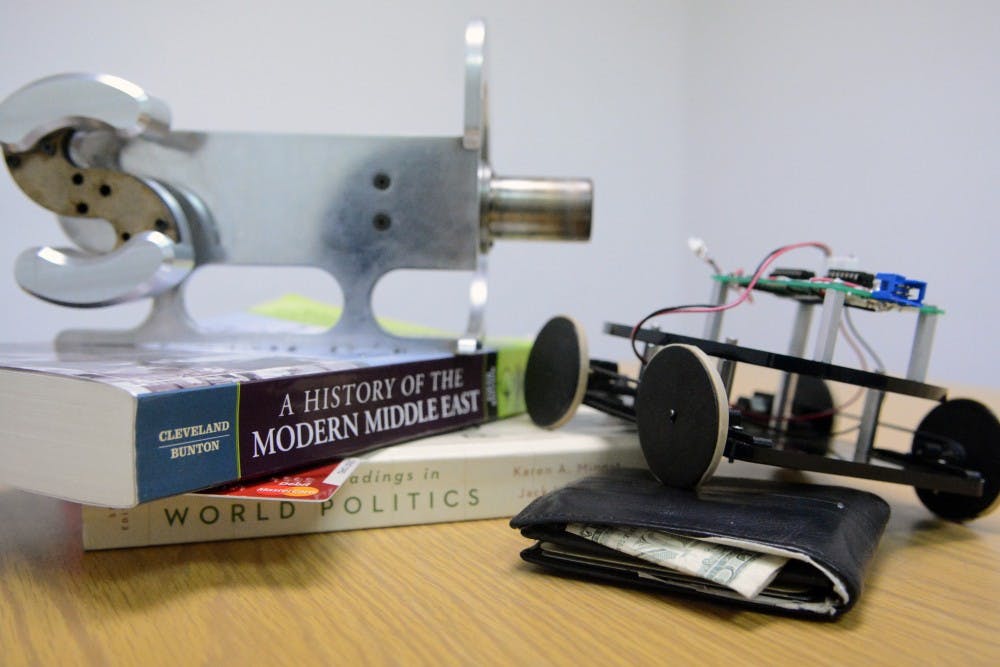
Although the estimated cost of tuition is universal across Penn's four schools, the actual cost varies depending on the materials required by individual professors.
Credit: Guyrandy Jean-GIllesPenn calculates tuition for undergraduates across its four schools to be $66,800 — but student saving tricks show that textbook costs, at least, are not so cut and dry.
Total cost of a class is a blurred concept because of the varying sum of money that students end up spending on books and supplies. For example, the Student Registration and Financial Services Office estimates books to cost $1,250 per year, but this may not be the case for all students every year. Considering the differences in required textbooks for STEM courses as compared to humanities courses, it’s hard to put a universal price on each year of a Penn course load.
Though it may be surprising to some, Penn’s STEM classes seem to be just as affordable as those in any other discipline.
Some engineering students believe that during their first few years at Penn, costs spent on textbooks for classes may have been cheaper for them than for humanities students. For engineering classes, specific textbooks — often hardcover and costing upwards of $200 — are required for problem sets.
The actual information presented in the readings can be gained from other sources such as cheaper textbooks, and classmates can share PDFs or pictures of the problem sets instead. The more generic textbooks used in earlier courses such as Zumdahl’s “Chemical Principles” or Giancoli’s “Physics” can be found online for cheaper costs.
For example, courses such as Computer and Information Science 110, 120, 240 and 160 use online publicly available PDFs as textbooks or cheap textbooks that can be bought online. However, students admit that their class materials may be harder to find online in the higher-level courses once the subject material becomes more esoteric.
When it comes to software use, the Computing and Educational Technology PC lab is helpful for access. The lab has various software needed for classes, and the virtual PC lab allows students to remotely access lab computers from home using personal computers.
For humanities courses, specific textbooks become more necessary because they are being read for the specific information they present. However, because of the wide variety of humanities courses, the cost of reading materials depends on the class. While for some classes most readings may be article PDFs posted on Canvas, for others such as higher-level history courses, students may have to purchase six or seven books and $50-60 article coursepacks.
Similarly, many Wharton classes like Finance 101 can be expensive because they require students to purchase coursepacks and online access codes, which prevents students from buying older textbooks.
For College junior and architecture student Phoebe Low, the most expensive classes she took at Penn were not her humanities classes or physics class, which cost about the same. It was her studio classes for architecture.
For studio classes, students need to purchase their own materials for sculptures, which can total above $200 per class. For some classes, such as Architecture 200, students need to create 3-D printed models that can cost around $200.
But Low added that even for such expensive classes, final costs can be flexible.
“I guess just buying all your textbooks on Amazon usually makes them cheaper,” Low said. “And for architecture in particular, you can probably save money by designing things that don’t involve as expensive materials, which isn’t always possible.”
The Daily Pennsylvanian is an independent, student-run newspaper. Please consider making a donation to support the coverage that shapes the University. Your generosity ensures a future of strong journalism at Penn.
DonatePlease note All comments are eligible for publication in The Daily Pennsylvanian.





